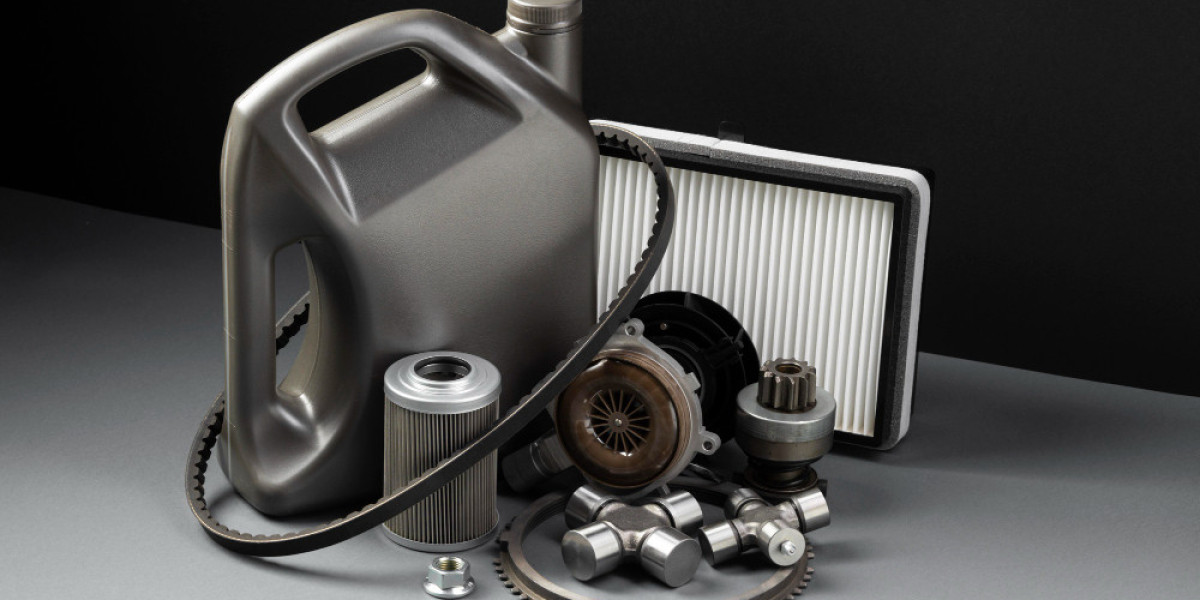If your car has started making ticking noises or your engine feels off, it's time to check your timing belt kits. This set of components plays a major role in keeping your engine running smoothly. Whether you drive a small sedan or a heavy-duty SUV, the timing belt is one part you can’t afford to ignore.
In simple terms, a timing belt kit includes the timing belt itself, along with related parts like tensioners, idler pulleys, and sometimes water pumps. These parts work together to keep the engine’s valves and pistons moving in perfect sync.
What Is a Timing Belt and Why Is It Important?
The timing belt is a strong rubber belt with teeth on it that controls the movement of your car's camshaft and crankshaft. This means it makes sure the engine’s valves open and close at the right time during each cylinder’s intake and exhaust strokes. If the belt slips or breaks, the engine can suffer serious damage.
Timing belt kits provide all the components needed for a complete and safe replacement. Rather than replacing just the belt, mechanics recommend changing the entire kit to avoid future problems caused by worn-out pulleys or tensioners.
Signs Your Timing Belt Kit Needs Replacement
Ignoring a failing timing belt can lead to engine failure, which can be very costly. Here are some common warning signs:
Ticking sound from the engine
Engine won’t start or misfires
Oil leakage around the belt cover
High mileage without previous belt replacement
The timing belt doesn’t give many clear warnings before it fails, which is why preventive replacement—usually every 60,000 to 100,000 miles—is strongly advised.
What’s Inside a Timing Belt Kit?
A good-quality timing belt kit usually includes:
Timing Belt: The main rubber belt that syncs engine parts.
Tensioner Pulley: Keeps the belt tight and in position.
Idler Pulley: Helps guide the belt smoothly.
Water Pump (in some kits): Replaced at the same time to avoid future labor costs.
Installing the full kit ensures that all related components are fresh and compatible, reducing the chance of breakdown.
Why Replace the Whole Kit Instead of Just the Belt?
Changing just the belt might seem cheaper, but it leaves other worn-out parts in place. For example, if a pulley or tensioner fails after a new belt is installed, you’ll have to pay for labor all over again. That’s why replacing the full timing belt kit is both smarter and more economical in the long run.
Also, some engines are called “interference engines.” In these engines, a broken timing belt can cause pistons to hit valves, leading to expensive damage. That’s why timely replacement is not just maintenance—it’s protection.
Conclusion
Your car’s engine depends on the timing belt to work correctly. A damaged or old belt can bring your vehicle to a halt and result in costly repairs. That’s why using quality timing belt kits and replacing them at the right time is essential.
Taking care of this one part can save you thousands in future engine repairs. Always follow your vehicle manufacturer’s maintenance schedule, and don’t wait for warning signs. Regular checks and timely replacement using a complete timing belt kit will keep your engine running smoothly and safely.











